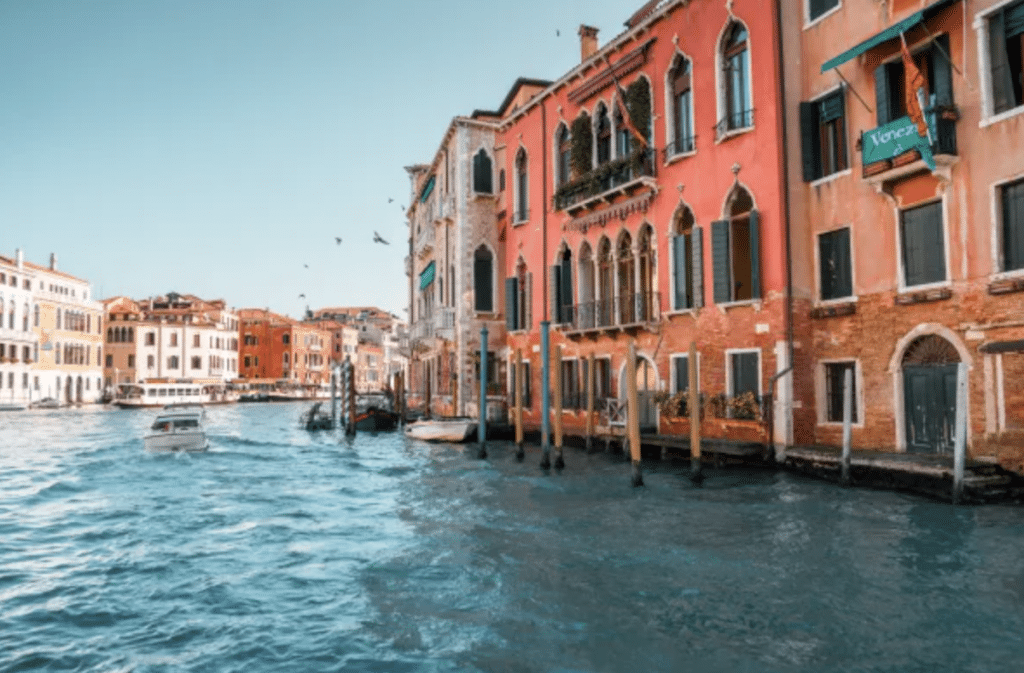Italy is renowned for its timeless beauty, rich history, and cultural heritage, making it a dream destination for those looking to invest in historical properties. From charming farmhouses in Tuscany to elegant villas on the Amalfi Coast, Italy offers a plethora of old houses for sale that promise not just a home, but a piece of history. However, purchasing a historical property comes with unique considerations. Here’s what to keep in mind before making your investment.
1. Location
The location of your historical property is paramount. Each region offers its unique charm and benefits; the huge offer of the Italian real estate market definitely widens the options. Among the many old houses in Italy for sale, properties in the Italian Alps are perfect for those who love mountain scenery and outdoor activities. These locations offer breathtaking views, fresh air, and opportunities for skiing, hiking, and mountaineering. Ideal for a tranquil retreat, Alpine properties often feature traditional wooden chalets that blend with the natural surroundings.
Renowned for its rolling hills, vineyards, and rich artistic heritage, Tuscany is a prime destination for luxury property buyers. The region offers historic farmhouses and estates that radiate rustic charm. Its proximity to cities like Florence and Siena enhances the cultural and gastronomic appeal of your investment.
The northern region of Lombardy, home to Milan, offers a mix of urban sophistication and serene countryside. Historical properties in Lombardy range from grand villas on Lake Como to historic palazzos in Milan, providing a blend of opulence and convenience.
In the South, famous for its dramatic cliffs and stunning coastal views, the Amalfi Coast is ideal for those seeking a picturesque and luxurious lifestyle. Historical properties here often include terraced gardens and panoramic sea views, making them highly sought after for their beauty and exclusivity.
Lastly, when considering location is also useful to look at accessibility: proximity to airports, train stations, and major highways can significantly enhance the convenience and appeal of the property. So, ensure the house is easily reachable.
2. Local Amenities
When buying a historical property, consider the availability of local amenities. Proximity to high-quality restaurants, shops, medical facilities, and educational institutions can greatly enhance your living experience and the property’s value. Regions like Tuscany and Lombardy offer a wealth of amenities, from world-class dining to prestigious schools. Additionally, the presence of cultural attractions, such as museums, galleries, and historical sites, can add significant value and enjoyment to your property. Remember you are not just buying the house, but the whole living experience.
3. Rental Potential
One of the significant advantages of investing in a historical property in Italy is the rental potential. Many buyers look to capitalize on the booming tourism industry by renting out their properties. Locations with high tourist appeal, such as the Amalfi Coast or the historic centers of Florence and Rome, offer excellent rental opportunities. Ensure the property complies with local rental regulations and consider its appeal to international tourists. Features such as stunning views, proximity to attractions, and modern amenities can make your property highly desirable in the rental market.

